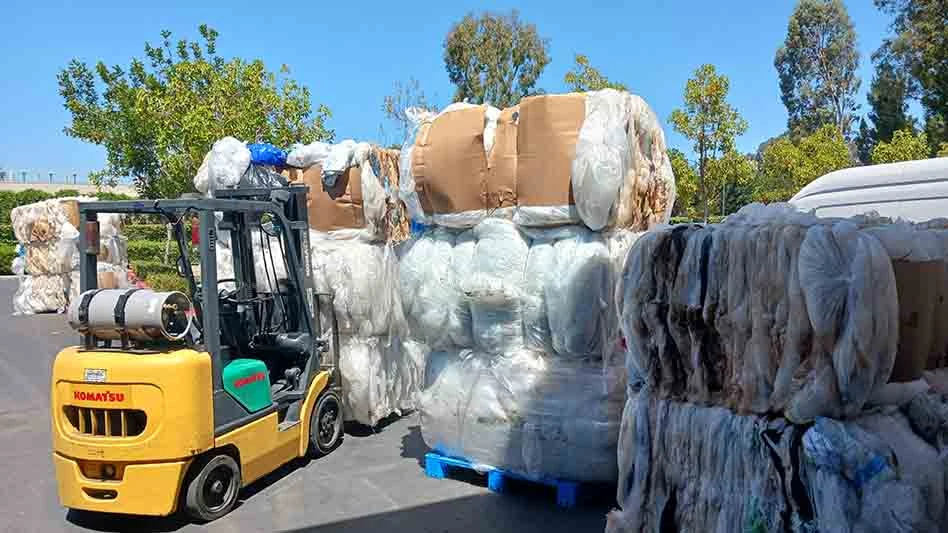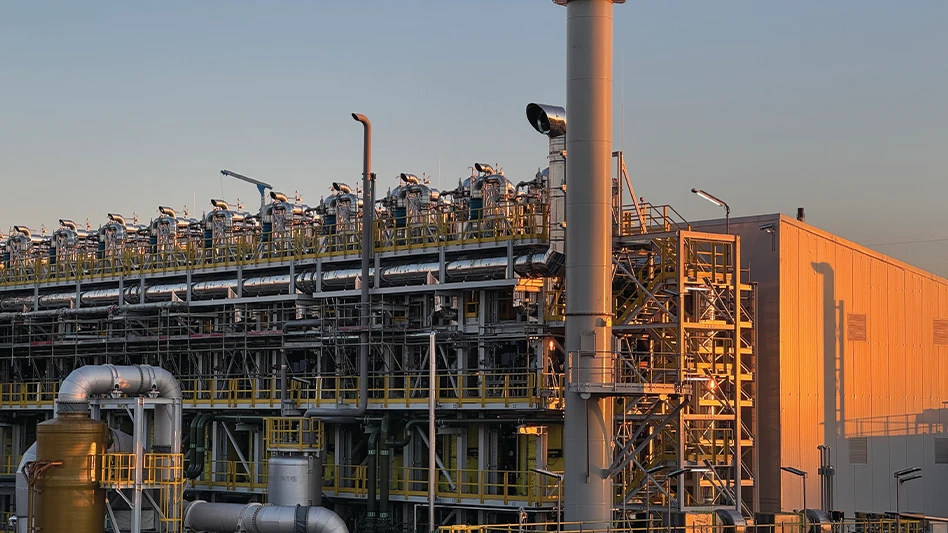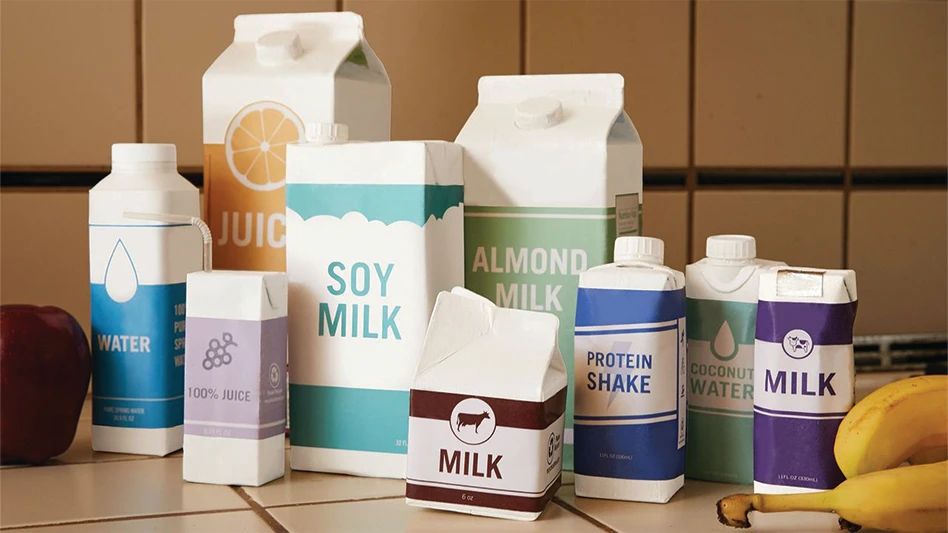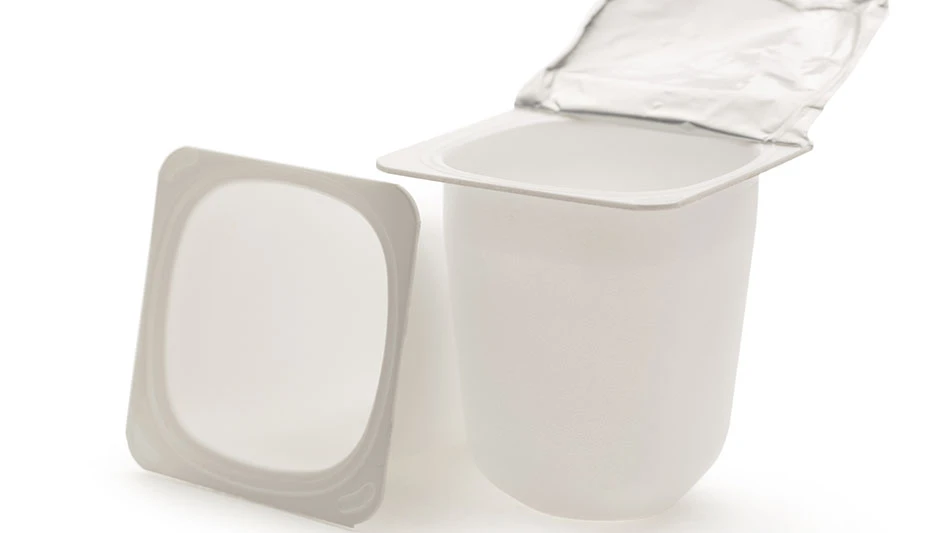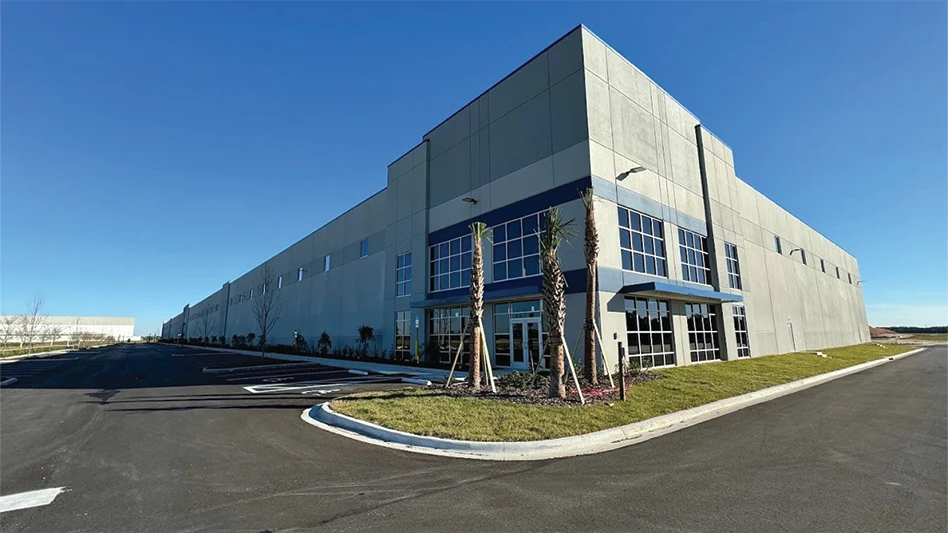
Katia | stock.adobe.com
In a year marked just as much by closures and downtime as with facility openings, companies across the paper industry are hopeful a demand boost is on the horizon.
Since the start of the year, WestRock, Packaging Corp. of America, International Paper (IP), Greif, Domtar and ND Paper all have announced shutdowns in response to what has been a challenging market, with box demand reaching lows not seen in more than a decade.
“There are three big players who feed the majority of the industry, [and] each one of these players has managed supply and demand their own way,” Bloomberg’s Ryan Fox said during the Paper & Plastics Recycling Conference in October. “International Paper has been rolling downtime through their mills; WestRock’s done permanent closures; [and] Packaging Corp. [of America] has done a … permanent idle of sorts of their new Wallula [, Washington] mill.”
While all three of those companies have reported less downtime quarter to quarter, they each continue to report significant economic downtime compared with a year ago.
Memphis, Tennessee-based IP saw its downtime reduced “considerably” in the third quarter compared with the previous quarter, improving the company’s operating costs, but still reported 458,000 tons of downtime at its containerboard operations—down from the 622,000 tons in the second quarter but up from the 398,000 tons in the third quarter of 2022. It is the fifth-straight quarter IP has taken downtime in its containerboard operations.
“Two quarters ago, I would not have thought we [would] still [be] in this type of demand environment taking this type of economic downtime,” IP Chairman and CEO Mark Sutton said during the company’s third-quarter earnings call.
In previous earnings reports, Sutton had indicated IP did not have any permanent closures on the horizon, but in late October, the company revealed it would close its containerboard mill in Orange, Texas—a site that consumes recovered fiber—reducing IP’s containerboard capacity by 800,000 tons annually.
“I think what changed is the depth and duration of this downturn,” Sutton said of the closure. “It’s not like anything we’ve seen since we built the industrial packaging business in the mid-2000s. We also have a long-term plan for that business, and the kinds of containerboard we need to make for the future, in some cases, is different than the containerboard we make today.
“We’re taking this opportunity to do a reset, and then we have to get the timing of any future investment right. But that’s what’s changed.”
Atlanta-based WestRock, the largest recovered fiber consumer in North America with a reported 5.5 million tons consumed in 2022, according to its sustainability report, took 391,000 tons of economic downtime—the most it’s taken all year and the fourth-straight quarter of more than 200,000 tons of downtime.
In more bad news, the Washington-based American Forest & Paper Association’s quarterly containerboard report shows mill inventories ending the third quarter at 370,500 tons—11.6 percent lower than the end of last year’s third quarter.
Sponsored Content
Screen Smarter, Process Faster with GK’s FINGER-SCREEN FreeFlow™!
Upgrade to the next level of material separation with the FINER-SCREEN FreeFlow™ —built for efficiency, durability, and maximum throughput. With no bottom pan to clog, it handles bulky and wet materials effortlessly. Minimize jams, maximize uptime, and boost productivity. Optimize your operation today!
Officials at IP, at least, aren’t totally discouraged, particularly as OCC prices continue ticking up.
According to Fastmarkets RISI’s Pulp & Paper Week for Nov. 6, the $75-per-ton national average for OCC is the result of an eight-month pricing run-up from the start of the year, when prices were $29 per ton, and year over year, OCC prices are up nearly 159 percent, while mixed paper, at $34 per ton, is essentially flat.
“You have to see demand improvement to see the market turn; we’re seeing that,” Jay Royalty, senior vice president of containerboard and recycling at IP, said during the earnings call. “There still is a supply-demand imbalance, but that’s shifting both because of actions that are being taken on the supply side … and also this demand improvement. So, at this point, we think we’ve seen demand bottom. The outlook’s more encouraging. We’ll see where it goes from here.”
Latest from Recycling Today
- Arizona AG says consumers were misled over recycling bags
- PRE warns European plastic recycling industry facing ‘imminent collapse’
- NWRA, Informa partner to launch Waste Leadership Summit
- Circular Action Alliance appoints new executive director in California
- Aduro reports fourth-quarter, FY25 results
- EverestLabs announces first international deployment
- Sunnyvale, California, awards contract to BHS
- Scrap Expo session preview: Technology Spotlight—Refining Recovered Metal


